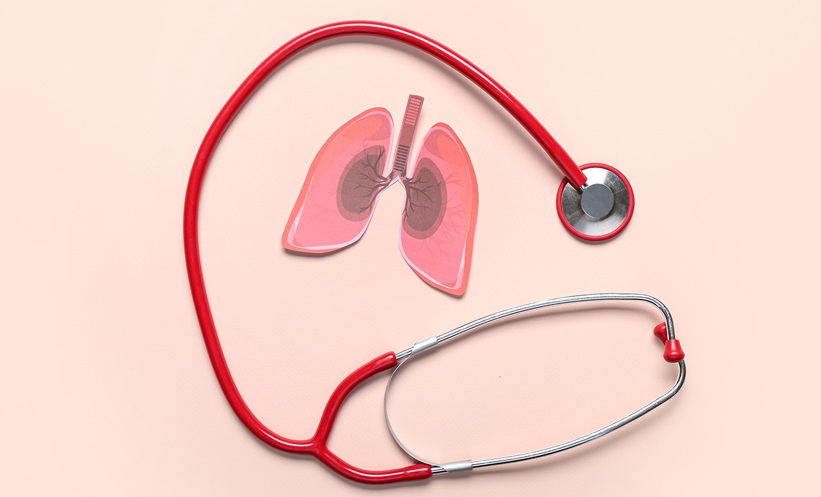Abstract
A large number of individuals live in areas of poor air quality, especially in urban environments. Such residency is linked with the exacerbation of asthma, respiratory morbidity and mortality in patients with chronic obstructive pulmonary disease (COPD), and increased risk of viral respiratory infections. Recent studies, again particularly in urban areas, suggest a role for air pollution in the development of both asthma and COPD. In cities the major pollutant of concern is particulate matter (PM), which in both Europe and North America arises mostly from traffic, while in Asia biomass combustion also makes an important contribution. No matter the source, PM exposure can give rise to oxidative stress in the airways. Recent advances in understanding the mechanisms implicated in the association of air pollutants and airway disease include epigenetic alteration of genes by combustion-related pollutants and how polymorphisms in genes, involved in antioxidant pathways and airway inflammation, can modify responses to air pollution exposures. Other interesting epidemiological observations related to the increase of host susceptibility include a possible link between chronic PM exposure during childhood and vulnerability to COPD in adulthood, and that infants subjected to higher prenatal levels of air pollution may be at greater risk of developing respiratory conditions. As medical research continues to expand links between air pollution and an increased incidence and/or severity of airway disease, there is an ongoing need for policy initiatives to improve air quality. Furthermore, accessible, easy to interpret, and engaging information systems are needed to help individuals with respiratory conditions to make informed choices about their behaviour, in a way that improves their health as well as the quality of the air they breathe.
Please view the full content in the pdf above.








